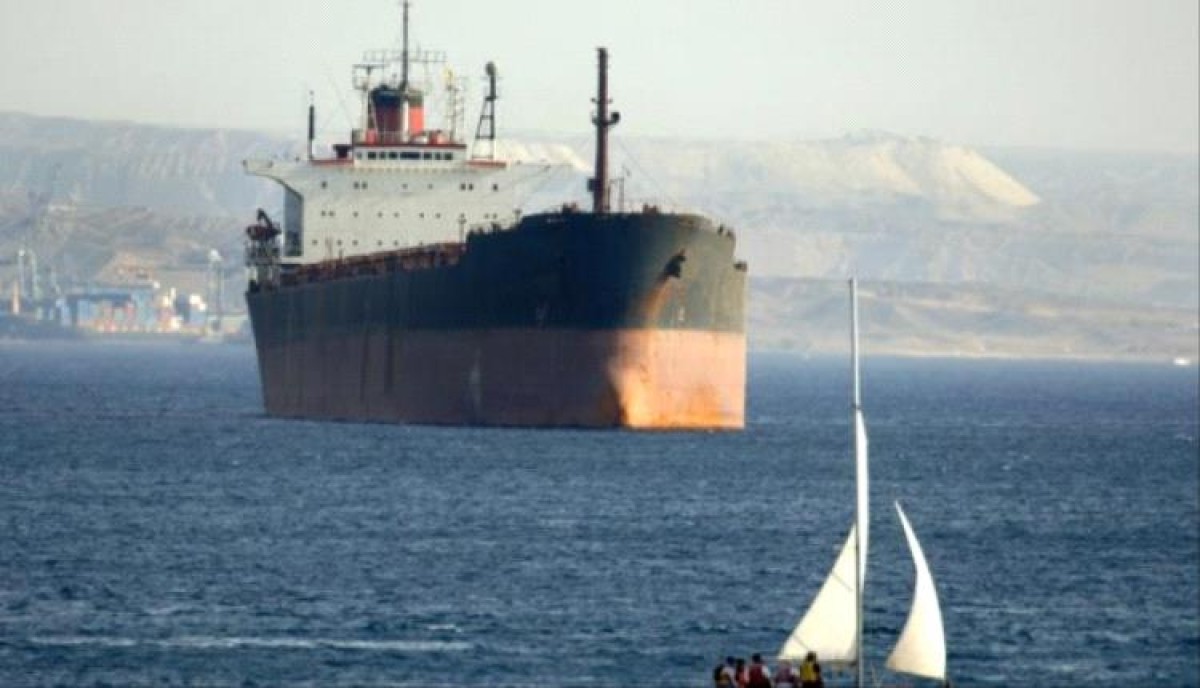6 new oil tankers diverted away from the Red Sea


Following the US-led strikes on Houthi sites in Yemen, at least 6 new oil tankers diverted their course away from the southern Red Sea, with increasing disturbances in this vital corridor for energy supplies.
The Intertanko Oil Tanker Association said that the US-led joint naval forces in Bahrain on Friday asked all ships to avoid the Bab al-Mandab Strait at the southern end of the Red Sea for several days following the strikes.
Before the US and British strikes on Yemen, most container ships were avoiding the Red Sea, and the rate of oil tanker traffic was almost unchanged in December.
But since the combined naval forces' warning, an increasing number of oil tankers have been avoiding the area, increasing the possibility of disruption to east-west oil supplies through the Suez Canal.
Data from LSEG and Kpler on ship tracking showed that 6 oil tankers diverted their course since the American and British strikes were launched a week ago, bringing the total number of ships that changed their course to at least 15 since the strikes began. .
The tankers "Turme Innovation", "Proteus Harvon" and "Alpheus I" apparently avoided crossing the Suez Canal, and took the Cape of Good Hope route around Africa, on their way to Europe and the United States.
The tankers "Pacific Julia" and "STI Topaz" headed directly to the Cape of Good Hope route.
The Okta Lone tanker adjusted its course in the northern part of the Red Sea on Friday, and returned to the Mediterranean with a cargo of naphtha bound for Taiwan.
The tankers that Reuters monitored on Friday, and which changed their course or temporarily stopped sailing, either took the Cape of Good Hope route, or stopped in the Gulf of Aden, or the northern Red Sea.